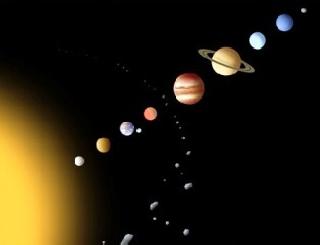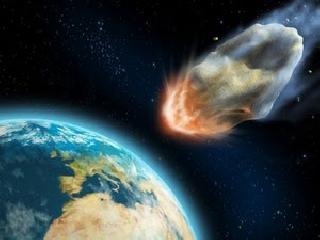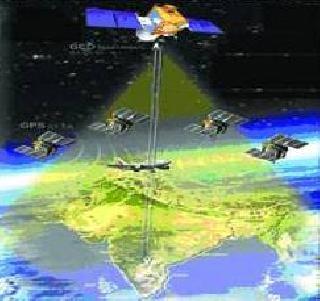
A file photo.
WASHINGTON (PTI): Planetary scientists claim that the sun and its inner planets may have formed differently than previously thought.
A team, led by the University of California, says that data revealed differences between the sun and planets in oxygen and nitrogen, which are two of the most abundant elements in our solar system.
According to the scientists, who analysed samples returned by NASA's 2004 Genesis mission for their research, although the difference is slight, the implications could help determine how our solar system evolved.
"We found that Earth, the moon, as well as Martian and other meteorites which are samples of asteroids, have a lower concentration of the O-16 than does the sun," said team leader Kevin McKeegan.
"The implication is that we did not form out of the same solar nebula materials that created the sun -- just how and why remains to be discovered," he added.
The air on Earth contains three different kinds of oxygen atoms which are differentiated by the number of neutrons they contain. Nearly 100 percent of oxygen atoms in the solar system are composed of O-16, but there are also tiny amounts of more exotic oxygen isotopes called O-17 and O-18.
The scientists studying the oxygen of Genesis samples found that the percentage of O-16 in the sun is slightly higher than on Earth or on other terrestrial planets. The other isotopes' percentages were slightly lower.
Differences between the sun and planets in the element nitrogen have also been found. Like oxygen, nitrogen has one isotope, N-14, that makes up nearly 100 per cent of the atoms in the solar system, but there is also a tiny amount of N-15.
The team studying the same samples saw that when compared to Earth's atmosphere, nitrogen in the sun and Jupiter has slightly more N-14, but 40 per cent less N-15.
Both the sun and Jupiter appear to have the same nitrogen composition. As is the case for oxygen, Earth and the rest of the inner solar system are very different in nitrogen.
"These findings show that all solar system objects including the terrestrial planets, meteorites and comets are anomalous compared to the initial composition of the nebula from which the solar system formed," said Bernard Marty, a Genesis co-investigator.
"Understanding the cause of such a heterogeneity will impact our view on the formation of the solar system," he added.
 Previous Article
Previous Article Next Article
Next Article












The Indian Air Force, in its flight trials evaluation report submitted before the Defence Ministry l..
view articleAn insight into the Medium Multi-Role Combat Aircraft competition...
view articleSky enthusiasts can now spot the International Space Station (ISS) commanded by Indian-American astr..
view article